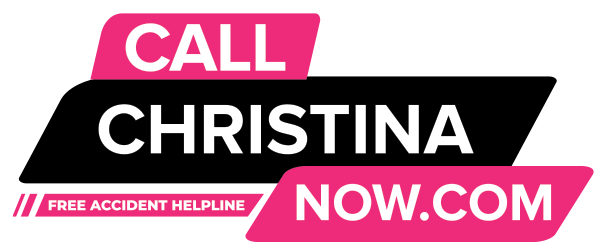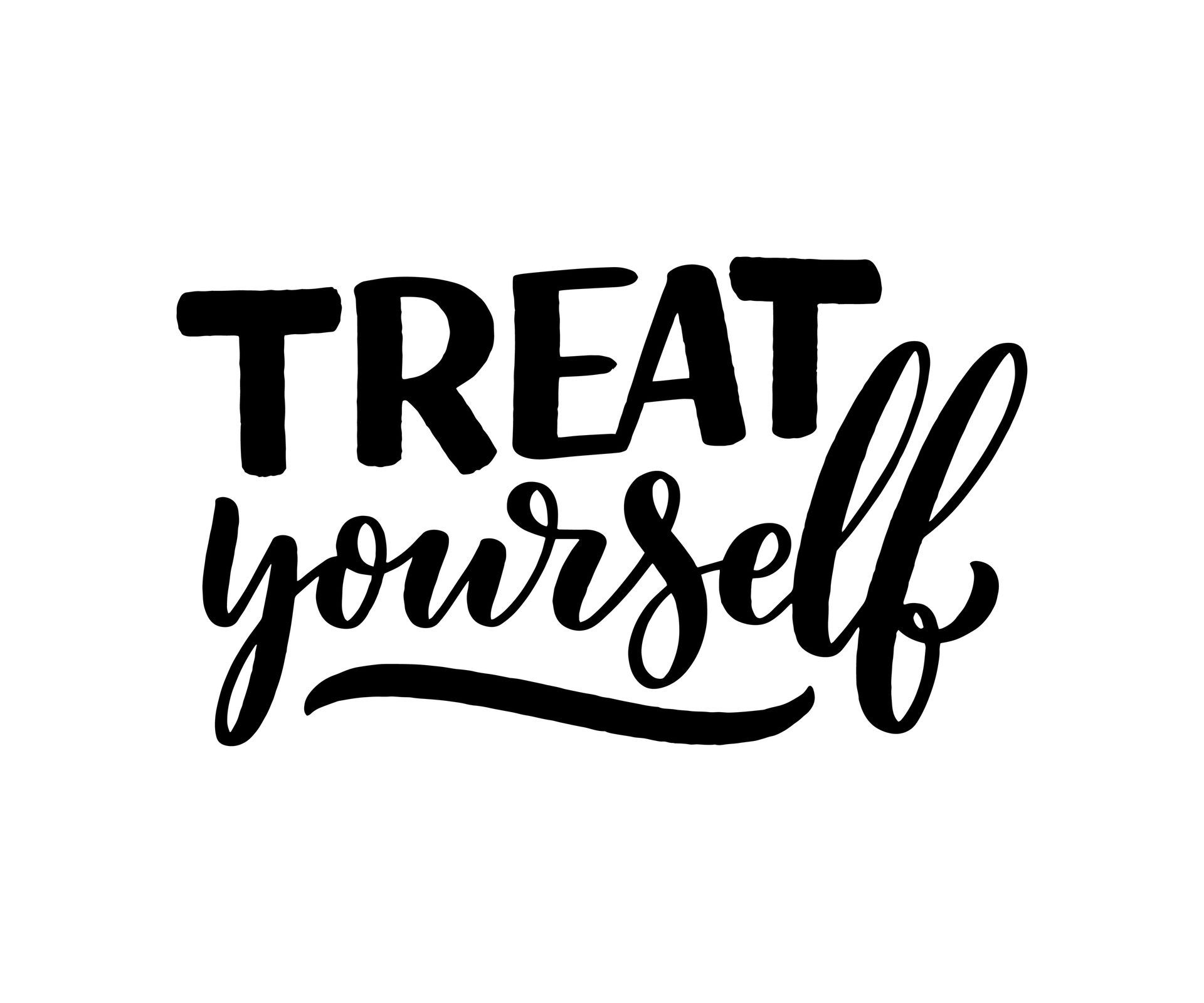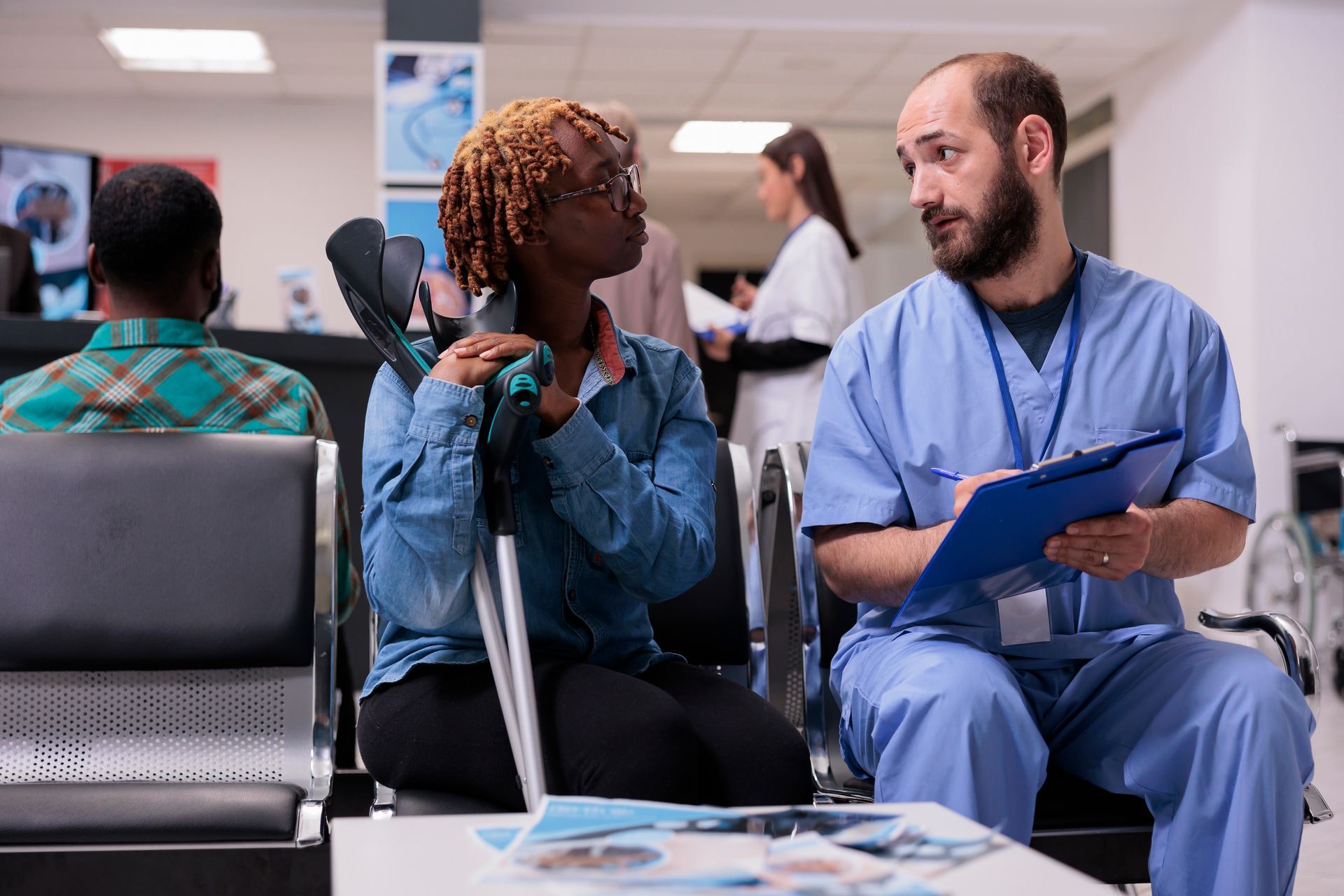Don't Call Christina Later, Call Christina Now
Follow us
How to Deal with PTSD After a Car Accident
Effective Strategies for Coping with Trauma
and Rebuilding Your Life
Experiencing a car accident can be a traumatic event that leaves lasting emotional scars. Many individuals may develop Post-Traumatic Stress Disorder (PTSD) as a result of the incident. If you or someone you know is struggling with PTSD after a car accident, understanding how to cope and seek help is essential. In this blog, we’ll explore effective strategies for dealing with PTSD, empowering you to take control of your healing process.
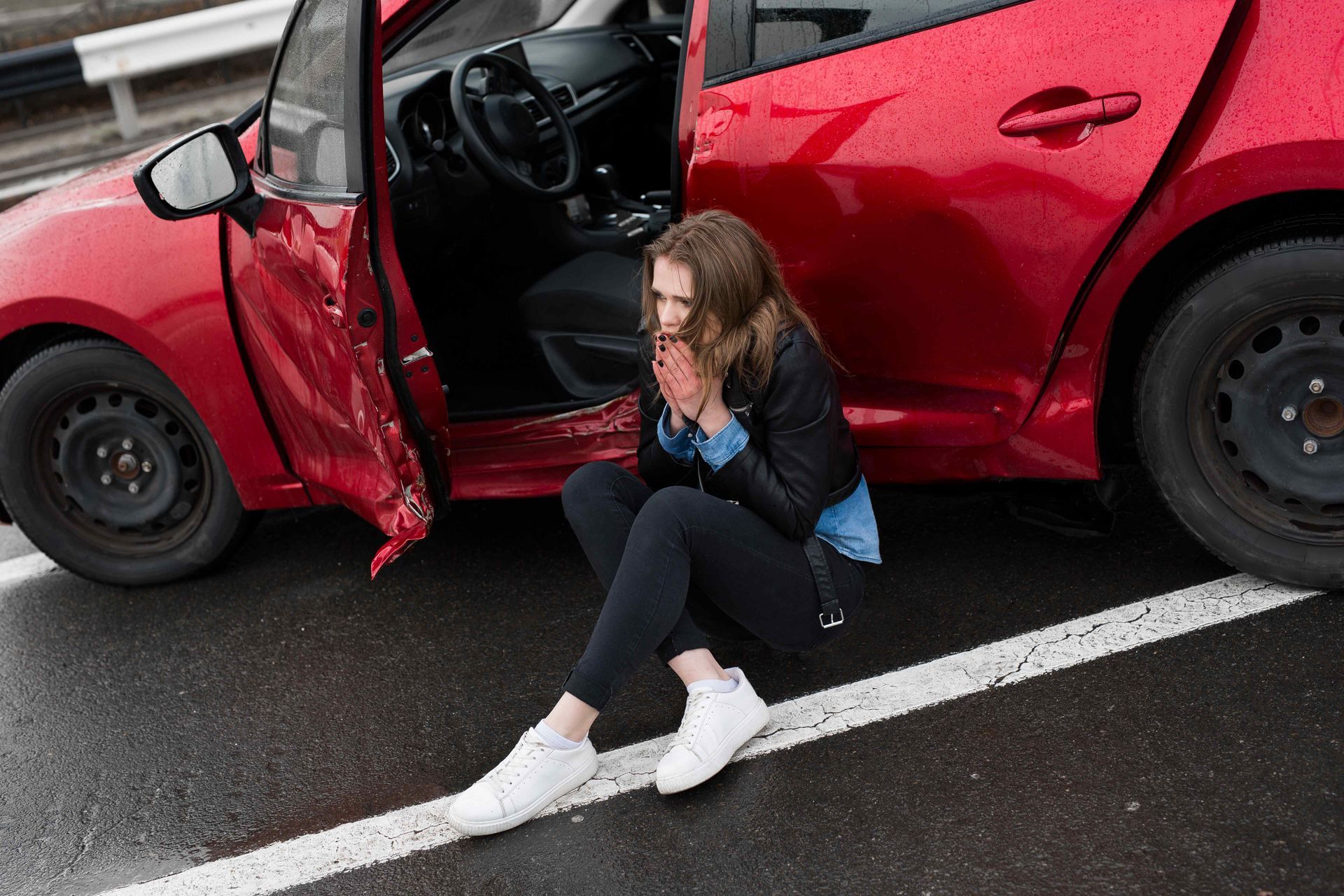
Why Understanding PTSD Matters:
PTSD can significantly impact daily life, affecting relationships, work, and overall well-being. According to the American Psychological Association, about 8% of the population will experience PTSD at some point in their lives. Recognizing the symptoms and knowing how to address them can help individuals regain a sense of normalcy and improve their quality of life.
1. Recognizing the Signs of PTSD
Common Symptoms to Look For:
After a car accident, it’s important to be aware of the signs of PTSD, which can include:
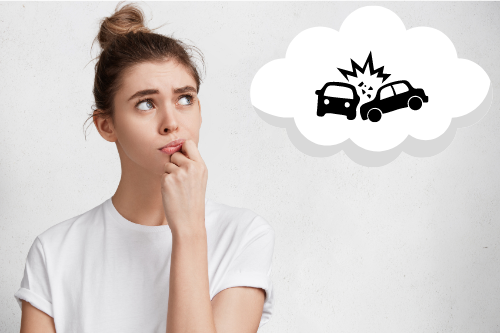
Intrusive Thoughts:
Recurrent, unwanted memories or flashbacks of the accident.
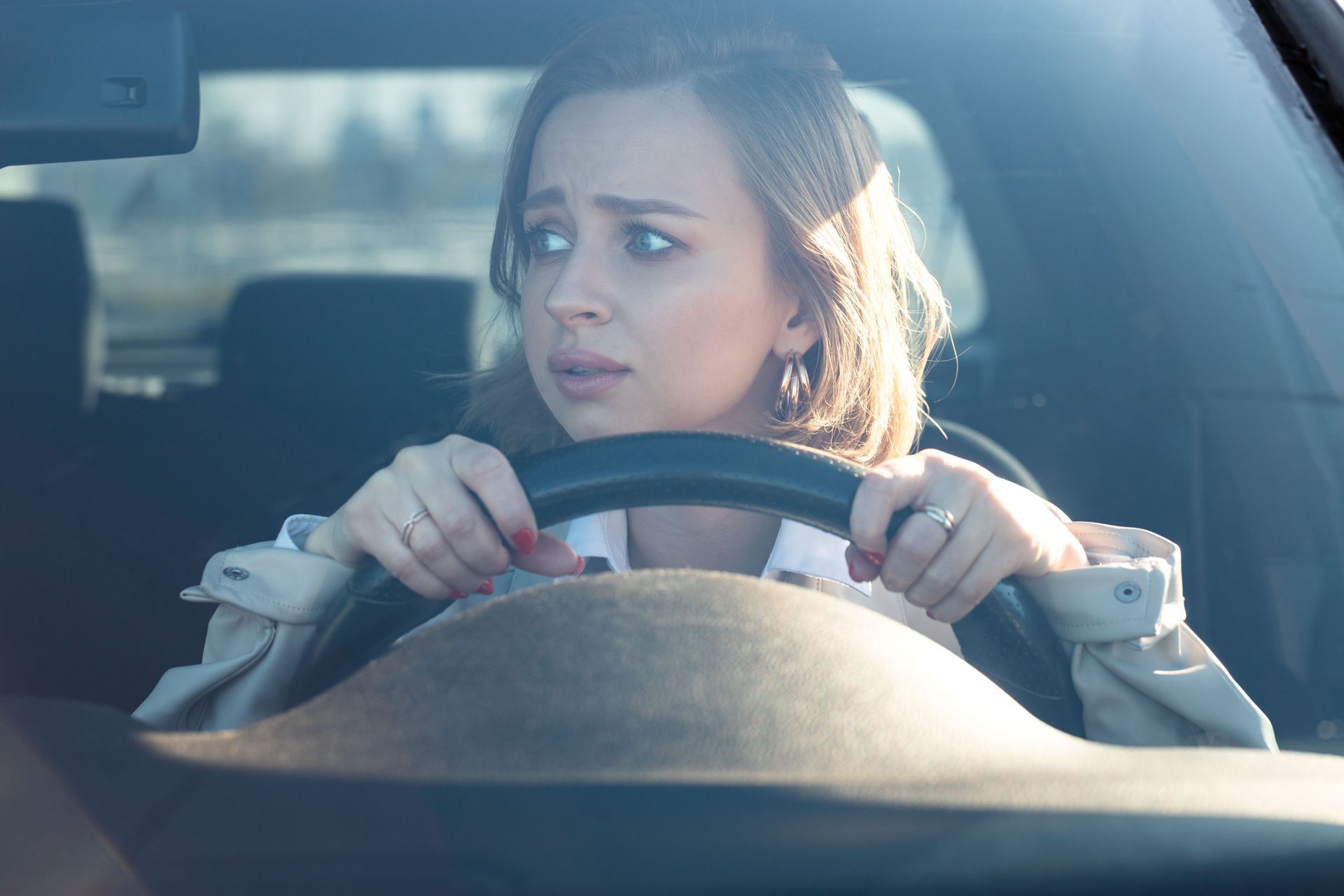
Avoidance:
Steering clear of places or activities that remind you of the incident.
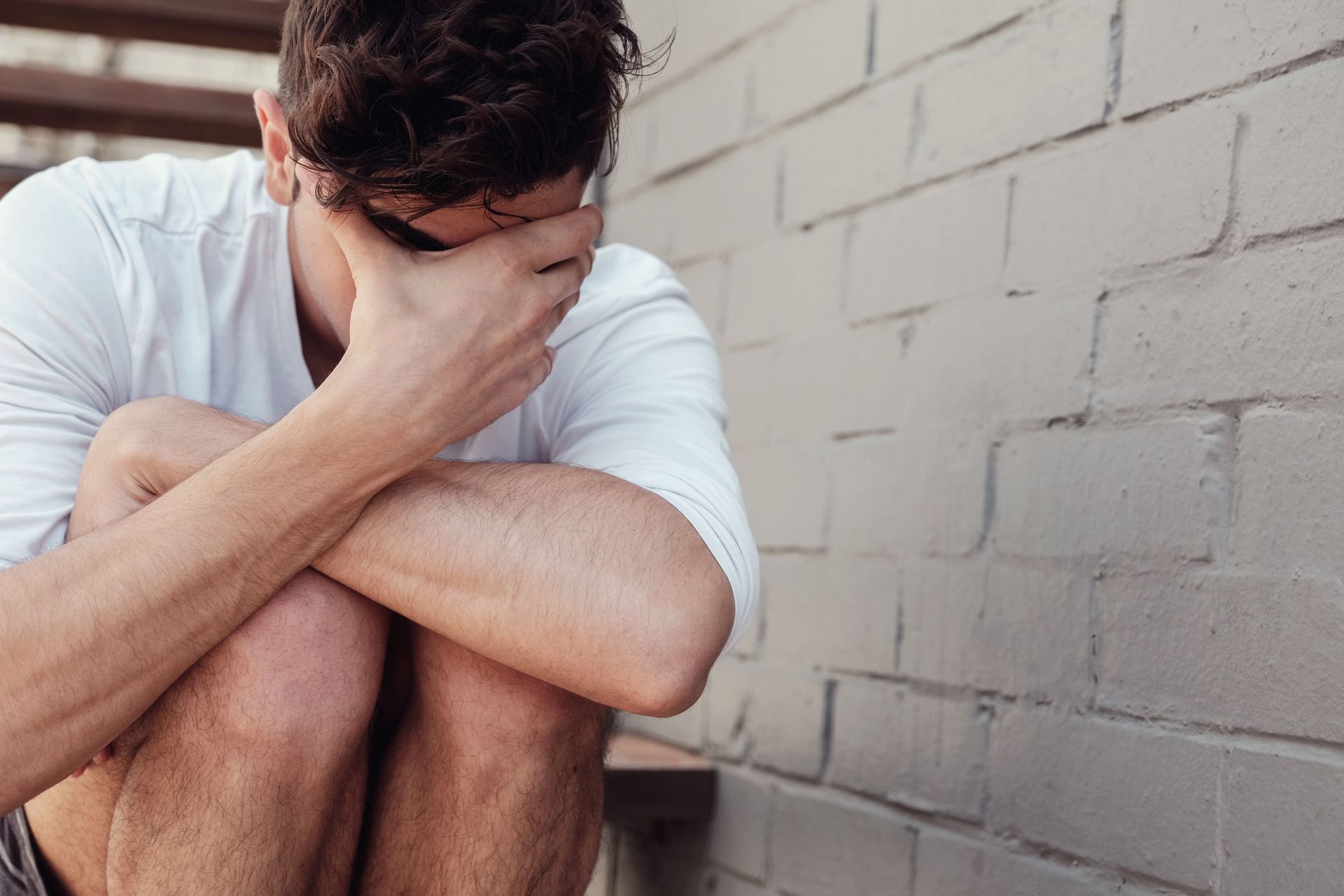
Negative Changes in Mood:
Feelings of hopelessness, anger, or emotional numbness.

Increased Arousal:
Heightened anxiety, irritability, or difficulty sleeping.
2. Seek Professional Help
Therapy Options:
If you suspect you have PTSD, seeking help from a mental health professional is crucial. Options include:
Cognitive Behavioral Therapy (CBT):
A type of therapy that helps change negative thought patterns and behaviors related to the trauma.
Eye Movement Desensitization and Reprocessing (EMDR):
A specialized therapy designed to reduce the emotional charge of traumatic memories.

3. Build a Support Network
Lean on Friends and Family:
Having a strong support system can help you navigate the challenges of PTSD. Here are some ways to connect with your support network:
- Open Up: Share your feelings and experiences with trusted friends or family members.
- Participate in Activities: Engage in social or recreational activities with loved ones to foster connections and reduce isolation.
4. Practice Self-Care
Take Care of Your Physical and Emotional Well-Being:
Self-care is essential in managing PTSD symptoms. Consider these practices:
- Exercise: Regular physical activity can help reduce stress and improve mood.
- Mindfulness and Meditation: Practices like mindfulness can help you stay grounded and manage anxiety.
- Healthy Eating: A balanced diet supports overall well-being and can improve mental health.
5. Create a Safety Plan
Feelings of Safety:
After an accident, you may feel anxious about driving or being in a vehicle.
To regain a sense of control, consider creating a safety plan:
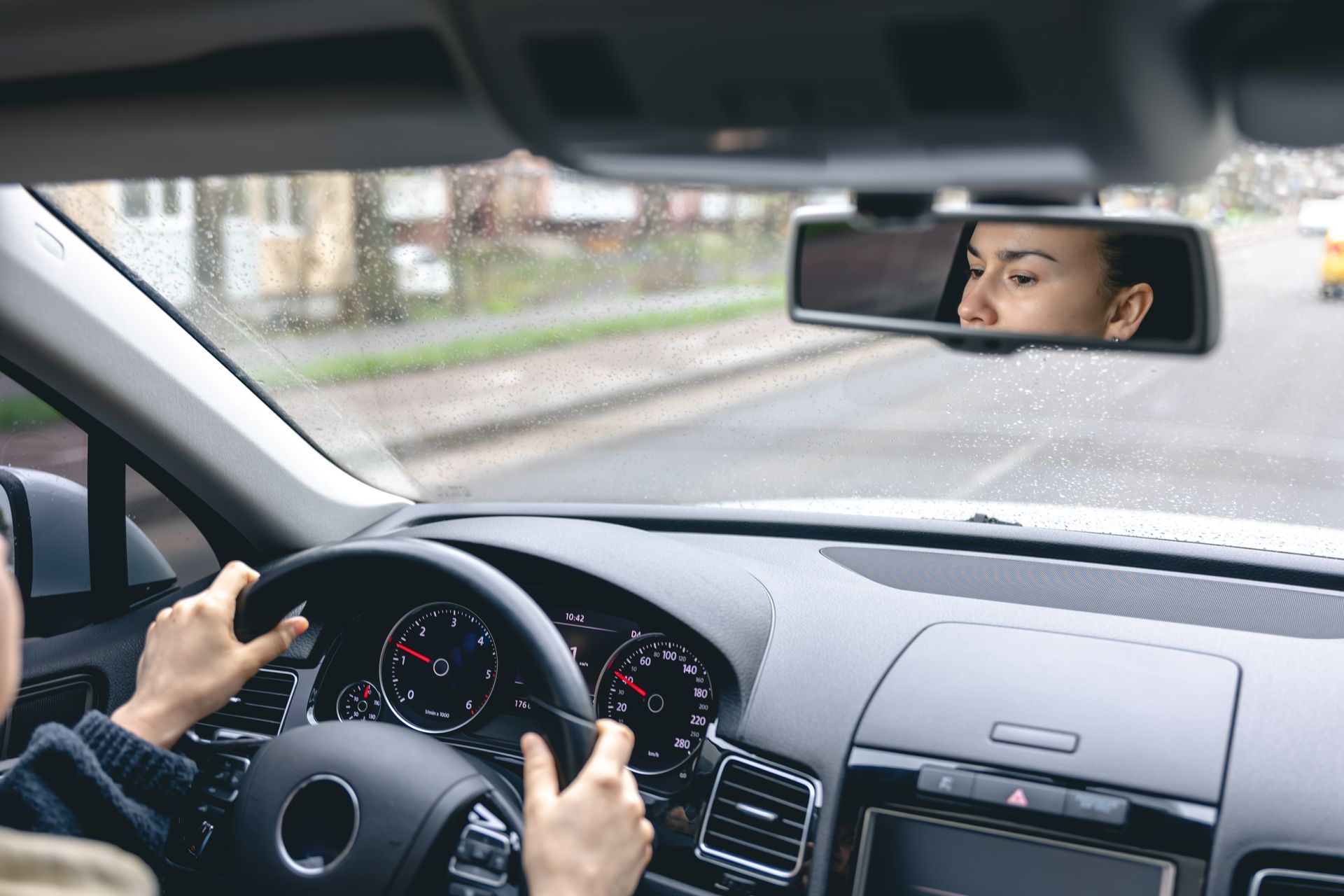
Gradual Exposure: Slowly reintroduce yourself to driving or being a passenger. Start with short trips in familiar areas.
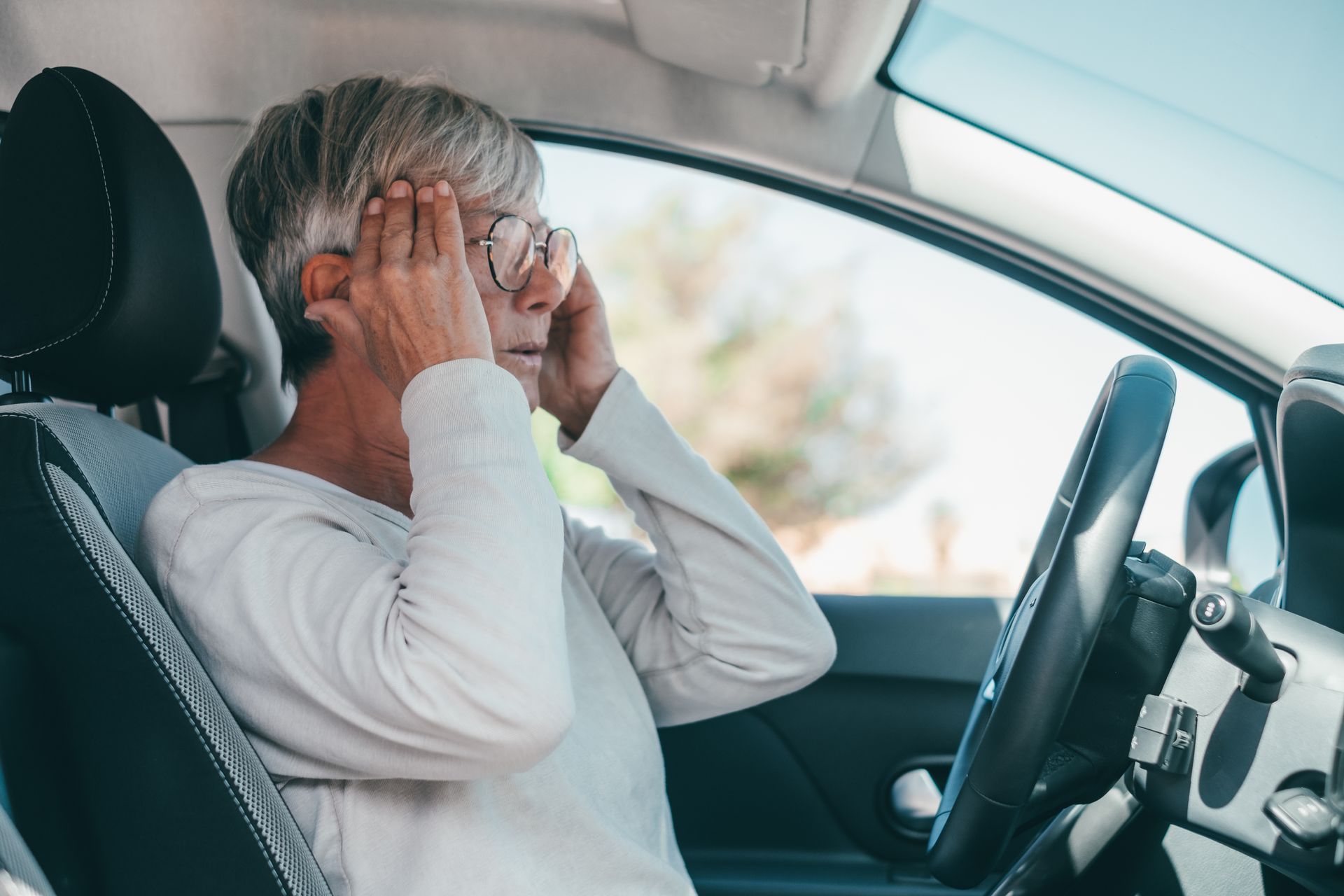
Identify Triggers: Recognize situations or environments that trigger anxiety, and develop strategies to cope with them.
6. Know When to Seek Immediate Help
Emergency Situations:
If you experience severe symptoms, such as thoughts of self-harm or feeling overwhelmed, it’s important to seek immediate help. Contact a mental health professional, call a crisis hotline, or go to the nearest emergency room.
Dealing with PTSD after a car accident is a challenging journey, but it is possible to heal and regain control of your life. By recognizing the signs, seeking professional help, building a support network, practicing self-care, and creating a safety plan, you can effectively manage your symptoms and work towards recovery.
If you or a loved one is struggling with PTSD after a car accident, don’t hesitate to reach out for help.
Contact us today for a consultation to discuss your situation and explore available resources.
You are not alone in this journey, and support is available.
Quick & Reliable
We are available 24/7 to Guide You to Better Health.
CALL CHRISTINA NOW is here to help 24 hours a day, 7 days a week, offering free and compassionate support. When you call us, we'll listen to your concerns, understand the specifics of your accident, help you find medical care for your injuries, and connect you with a professional who can advise you on the legal aspects of your situation.
CALL CHRISTINA NOW specializes in assisting with Lawyer and Medical Accident matters. If you've been in a car, motorcycle, or truck accident—or any other kind of accident—contact us today for trustworthy support.
DISCLAIMER:
CALL CHISTINA NOW isn't a law firm and can't provide legal advice, but we can refer you to the right attorney who can.
All Rights Reserved | Call Christina Now
Copyright © Call Christina Now Offers All Rights Reserved 2025
View Our Privacy Policy | Terms & Conditions | Disclaimer
